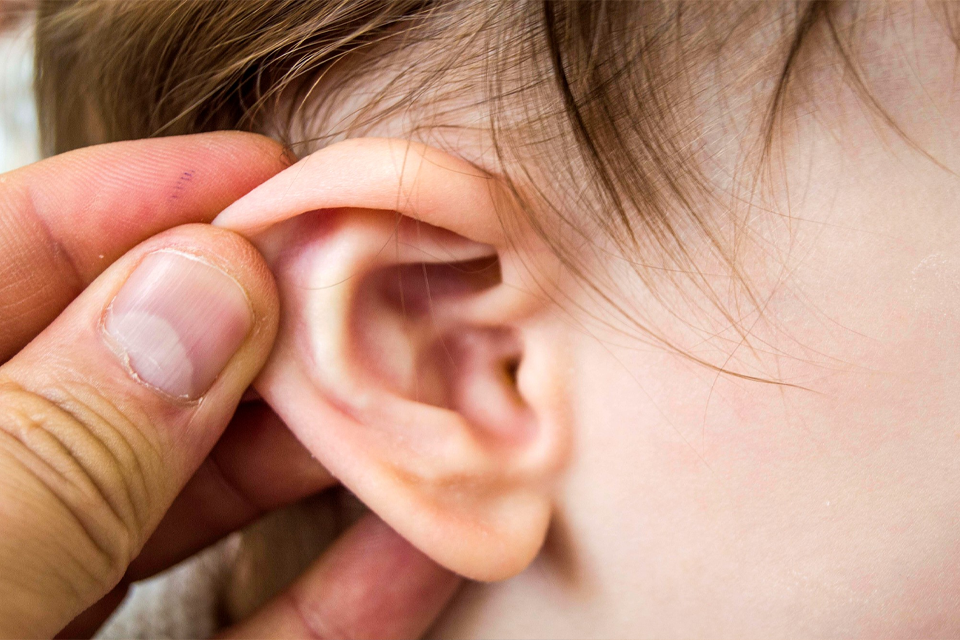
- Acute Otitis Media (AOM).
- Otitis Media with Effusion (OME).
- Chronic Otitis Media with Effusion (COME).

Causes of Ear Infections :
- Viral or Bacterial Infection: Most ear infections are triggered by viral or bacterial infections, which can result from respiratory illnesses.
- Eustachian Tube Dysfunction: Problems with the Eustachian tube, which helps regulate air pressure in the middle ear, can lead to fluid buildup and infection.
- Allergies: Allergic reactions can cause inflammation in the middle ear, making it more susceptible to infection.
- Anatomy: In some cases, an individual’s ear anatomy can make them more prone to ear infections.




Conclusion
Ear infections are common and can be uncomfortable, but they are usually treatable with the appropriate medical care. If you or your child experience symptoms of an ear infection, it’s essential to seek prompt medical attention to prevent complications and ensure a full recovery. Understanding the causes, symptoms, and treatment options for ear infections can help you make informed decisions about your health or the health of your loved ones.

